In this era of a largely remote and globally distributed workforce, where most workers want to be productive wherever they are — and on any device — it’s crucial to secure every endpoint from any threat that could compromise the security, prosperity, and integrity of an organization and its critical infrastructure. This is particularly true for governments and regulated industries.
Secure Forms for Productivity and Security
Forms are essential to all organizations, as they are a part of all important business processes, and a vital element of the customer journey. Forms are essential to collect information, progress the next best action, and deliver services. As with any heavily relied-on technology, forms’ security must be top of mind. Traditionally, the answer to this demand has been to gate our most mission-critical forms and documents behind cumbersome desktop technology. In this way, stakeholders had peace of mind that the verification of signature authenticity, and document chain-of-custody, could be protected and maintained.
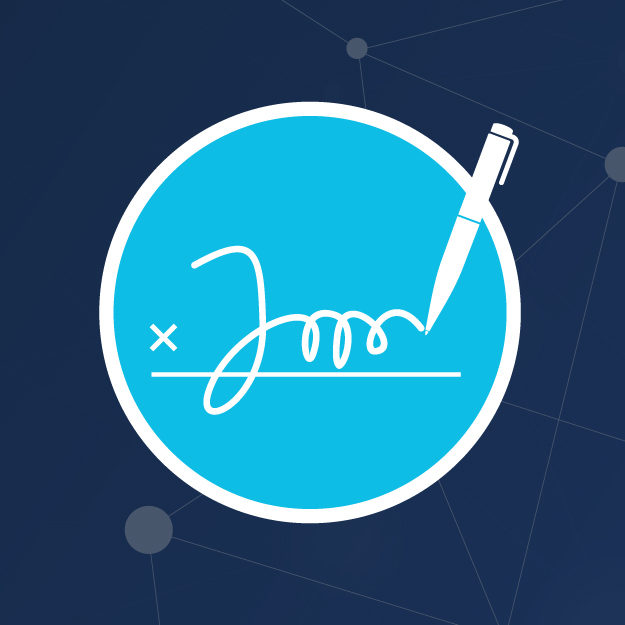
However, today’s workforce demands more options. Modern technology enables forms, and their connected digital document workflows, to deliver an optimized and personalized experience for the user — all while maintaining strong authentication, privacy, security, and adherence to data governance policies. As organizations continue to accommodate increasingly complex models for remote productivity, digital document workflows must flex with the times. They must be designed, deployed, and dispatched using intuitive interfaces and automation, across a wide range of mobile devices.
BlackBerry and Adobe: Innovation for Secure Mobile Productivity
To accomplish this forms maturity journey, BlackBerry and Adobe have partnered to deliver an innovative and secure digital document-signing solution, for governments and regulated industries. By combining BlackBerry Unified Endpoint Manager (UEM) and Adobe Experience Manager Forms, the two industry leaders have created a solution that is designed for mobile devices, yet still meets the rigorous security standards required by governments and the world’s most demanding enterprises.
This partnership between BlackBerry and Adobe enables the following outcomes:
- It’s now possible to fill and sign forms with a smart card (i.e., CAC, PIV) easily and securely, from any device, anywhere, without requiring a VPN (virtual private network)
- Automatically maintain verified credentials in a secure keystore
- Granular management and document tracking capabilities are backed by the most trusted and reliable security in the market
- Employees can leave sensitive desktop computing technology behind, at home or the office, minimizing security risks while enhancing user convenience
BlackBerry UEM leverages private key certificates to secure the connection to Adobe Experience Manager Forms, allowing employees to complete and sign forms and other documents from anywhere, on their corporate-issued or BYO (bring your own) mobile devices, and without a VPN.
Leveraging Security as a Strategic Enabler for Productivity
Enhancing productivity requires adopting dynamic, responsive, and mobile-friendly forms solutions that are easy to use. Adobe Experience Manager Forms embraces this, while enabling organizations to modernize their data capture and digital document workflows into a seamless, agile user experience. It allows users to capture data and authenticated signatures, and integrates into back-end systems to automate manual workflows. Adobe Experience Manager Forms also allows users to move away from paper or static PDF forms, while also embracing multiple benefits, including:
- Responsive modern forms: Embrace operational modernization with mobile responsive, web-based forms, on any device, at any point in the discovering, filing, and signing process.
- Scalable authoring: With the ability to create reusable sections and templates, and an easy drag-and-drop interface, Adobe Experience Manager Forms allows organizations to streamline business processes across the enterprise at scale.
- Meaningful customer conversations: Powerful data integrations with pre-fill and multi-language support automatically personalize forms and communications, and trigger the next-best action.
- Automation: Adobe Experience Manager Forms enables you to start on one device, then save and resume on another, to make end-to-end customer journeys faster. This reduces cost and saves time. Mobile and web-based forms combined with smart, certificate-based signature tools and automated workflows, help eliminate paper and laborious manual processes.
These outcomes, which have previously been considered out of reach for governments and regulated industries, are made possible by the best-of-breed security, and intuitive user experience, of BlackBerry UEM.
Awarded the most government security certifications of any unified endpoint manager, and approved for both classified and unclassified use, BlackBerry UEM is trusted by organizations around the world. Customers that trust BlackBerry UEM to keep them always-on, and securely connected, include the federal governments of numerous countries around the world, including the Canadian and U.S. governments, and many of the largest and most prestigious players in the global financial services industry. Announced earlier this year, BlackBerry UEM was named a 2023 Customers’ Choice for unified endpoint management tools on Gartner® Peer Insights™ — the only UEM tool to receive the distinction this year.
Digital document workflows should not be limited to desktop environments. Business value can no longer be delayed or denied by lack of mobile support for securely completing and signing electronic documents. Productivity must not come at the cost of security. The innovative partnership between BlackBerry and Adobe holds the answer.
Contact a member of our team today to learn more about how, together, BlackBerry and Adobe can help modernize your organization with the most secure forms and electronic signature technologies.

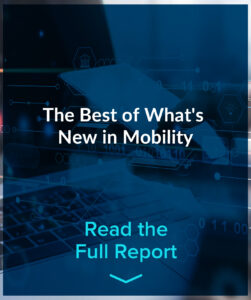
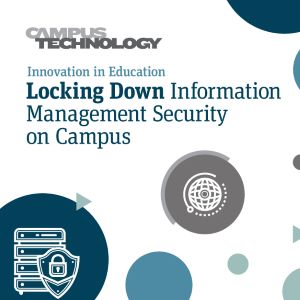 “Automation of the easy security work — known threats, known responses, malware detection, cleanup — addresses both problems, and everybody wins. The campus gains better operational success. And when humans don’t have to intervene with the ordinary, they’re free to do more interesting work. They grow in their positions, because they’re not just clicking buttons all day. Automation is especially important in an era of remote status quo and zero-trust. IT has to assume that there’s a high probability of any authentication request being nefarious. And that means being able to look at data in context: Is this person at a higher risk? Is the laptop or smartphone compromised? Should we let them on the network today? Have we scanned this device in the last three days? Then let’s not allow them access to this HR data. If they get their machine scanned, then they can come back and try again. While higher ed has long been predicated on allowing open access, now that can only happen when it’s the appropriate thing to do. Users have to be classified — student, researcher, staffer — and access has to be controlled. When everything looks normal, they get unfettered access. But when their machine or account is compromised, the access should be denied. Easier said than done, right?”
“Automation of the easy security work — known threats, known responses, malware detection, cleanup — addresses both problems, and everybody wins. The campus gains better operational success. And when humans don’t have to intervene with the ordinary, they’re free to do more interesting work. They grow in their positions, because they’re not just clicking buttons all day. Automation is especially important in an era of remote status quo and zero-trust. IT has to assume that there’s a high probability of any authentication request being nefarious. And that means being able to look at data in context: Is this person at a higher risk? Is the laptop or smartphone compromised? Should we let them on the network today? Have we scanned this device in the last three days? Then let’s not allow them access to this HR data. If they get their machine scanned, then they can come back and try again. While higher ed has long been predicated on allowing open access, now that can only happen when it’s the appropriate thing to do. Users have to be classified — student, researcher, staffer — and access has to be controlled. When everything looks normal, they get unfettered access. But when their machine or account is compromised, the access should be denied. Easier said than done, right?”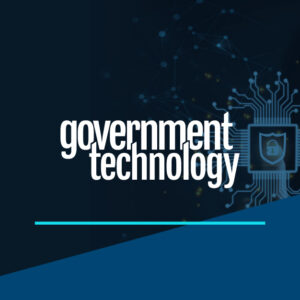 Disaster Recovery in the Age of Ransomware
Disaster Recovery in the Age of Ransomware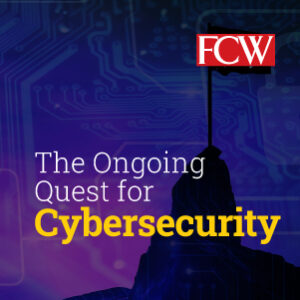 Zero Trust Data Management Foils Ransomware Attacks
Zero Trust Data Management Foils Ransomware Attacks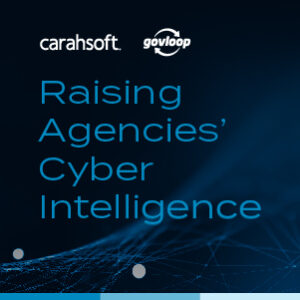 Storytelling with Intelligence-Led Security
Storytelling with Intelligence-Led Security  Creating a Roadmap to Resilience
Creating a Roadmap to Resilience